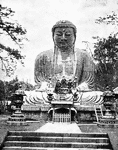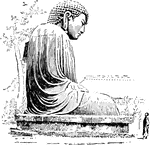Buddhism
The Buddhism ClipArt gallery offers 8 images of the Buddha as well as Buddhist practices and architecture.
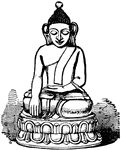
Buddha
"The sacred name of the founder of Buddhism, an Indian sage who appears to have lived in the 5th century…
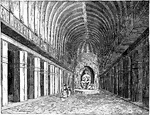
Buddhist Cave Temple at Ellora, Interior
Most famous of the Buddhist caves is a chaitya hall (chandrashala) or 'Vishwakarma cave', popularly…

Kuan-yin
Chinese image of Kuan-yin. Kuan-yin or Guanyin is know as he Chinese Bodhisattva of Compassion.
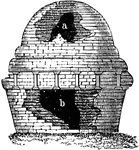
Stupa or Tope
A stupa (from Sanskrit and Pāli: literally meaning "heap") is a mound-like structure containing Buddhist…

Porcelain Tower at Nankin
Indian art made its entrance into China with the worship of Buddha. But still diversities, corresponding…
